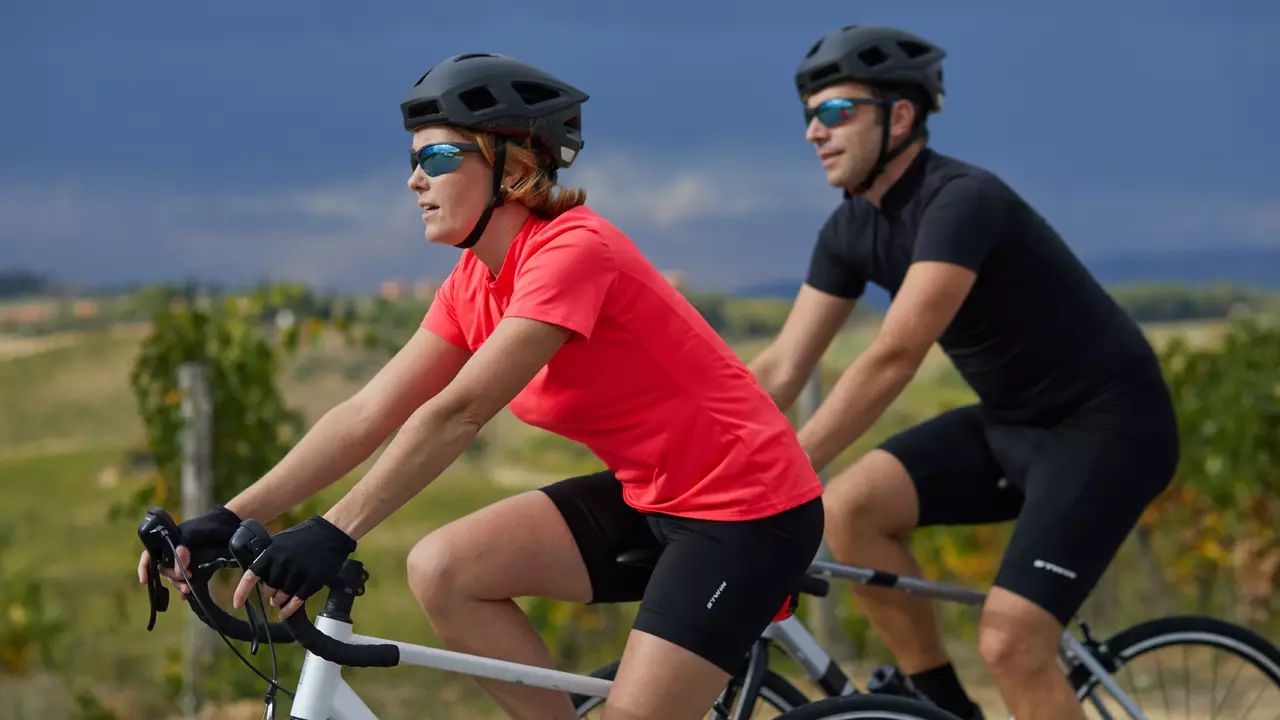Sportswear Essentials for Cyclists: What to Wear and Why
When you hop on a bike, the right clothes do more than look good – they keep you cool, dry, and safe. Whether you’re riding to work, hitting the trails, or sweating it out on a spin bike, good sportswear makes a huge difference. Below you’ll find practical advice on the key pieces every cyclist should own and how to choose them.
Everyday Ride Basics
Start with a breathable jersey. Look for fabrics that move moisture away from your skin and have flat seams to avoid chafing. A short‑sleeve jersey works well in warm weather, while a long‑sleeve version adds a layer of protection when it’s cooler. Pair it with padded cycling shorts – the padding (or "chamois") reduces pressure on the saddle and prevents sore bumps on longer rides.
Don’t forget a lightweight waterproof jacket for sudden showers. Modern jackets zip up quickly, fold into a pocket, and still let sweat escape. If you need extra warmth, a thin fleece or arm warmers can be added without bulk.
Spin Bike and Indoor Training Gear
Indoor cycling feels different, but the clothing rules stay the same. Moisture‑wicking tops and shorts keep you comfortable when the room is hot. Some riders prefer a full‑length compression shirt for added support; it also helps muscles recover faster.
Invest in a good pair of cycling shoes with stiff soles. They lock into the pedals and give you power on every stroke. If you’re new to clipless shoes, start with a dual‑side shoe that lets you walk in them when you’re off the bike.
How to Choose the Right Fit
Fit matters more than brand name. A jersey that's too loose will flap, while one that's too tight can restrict breathing. Try the jersey on while you move – raise your arms, bend, and sit as if you were on the saddle. The seams should sit flat against your skin, and the length should finish just below your waist when you bend forward.
Shorts should hug your hips without digging in. The waistband should stay in place during pedaling, and the padding should sit just under your sit bones. If you notice any shifting, try a different size or a brand that offers a more contoured cut.
Performance Extras
Sun protection is a must on bright days. Look for jerseys with UPF ratings or simply wear a lightweight arm sleeve. A good pair of cycling gloves protect your hands from blisters and improve grip, especially in wet conditions.
For longer rides, pack a small kit with a spare tube, tire levers, and a mini‑pump. Having these items in a sleek, waist‑mounted bag keeps your back clear and your bike light.
Finally, keep your gear clean. Wash jerseys and shorts in cold water with mild detergent, and avoid fabric softeners – they can reduce the moisture‑wicking ability. Air‑drying preserves the fabric’s elasticity, so your sportswear lasts longer.
With the right sportswear, every ride feels smoother, safer, and more enjoyable. Choose pieces that breathe, fit well, and suit the conditions you ride in, and you’ll notice the difference from the first pedal stroke.

Do cycling shorts stop chafing?
Daxton Fairweather Jul 22 0In my experience, cycling shorts do indeed help to prevent chafing. They're designed with a snug fit and seamless construction to minimize friction between your skin and the fabric. The padding or 'chamois' inside the shorts not only adds comfort during long rides, but also reduces pressure points and rubbing. Plus, they're typically made with moisture-wicking materials that keep you dry and further decrease the risk of chafing. So, if chafing has been your cycling nemesis, a pair of cycling shorts could be your new best friend!
More Detail